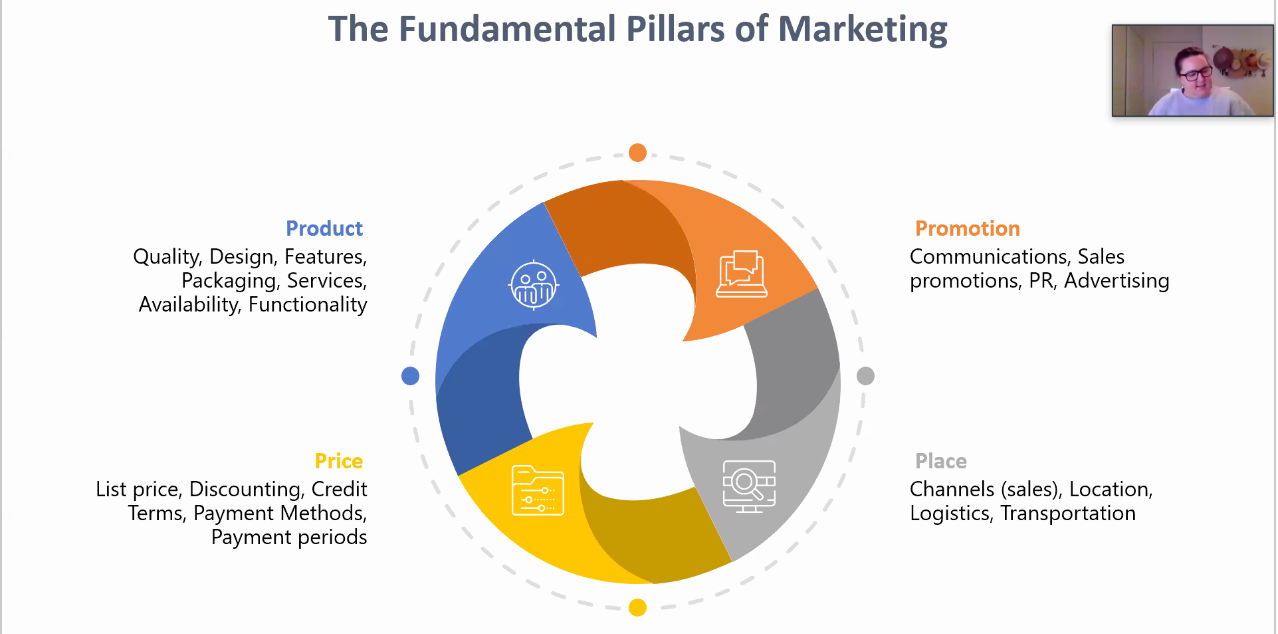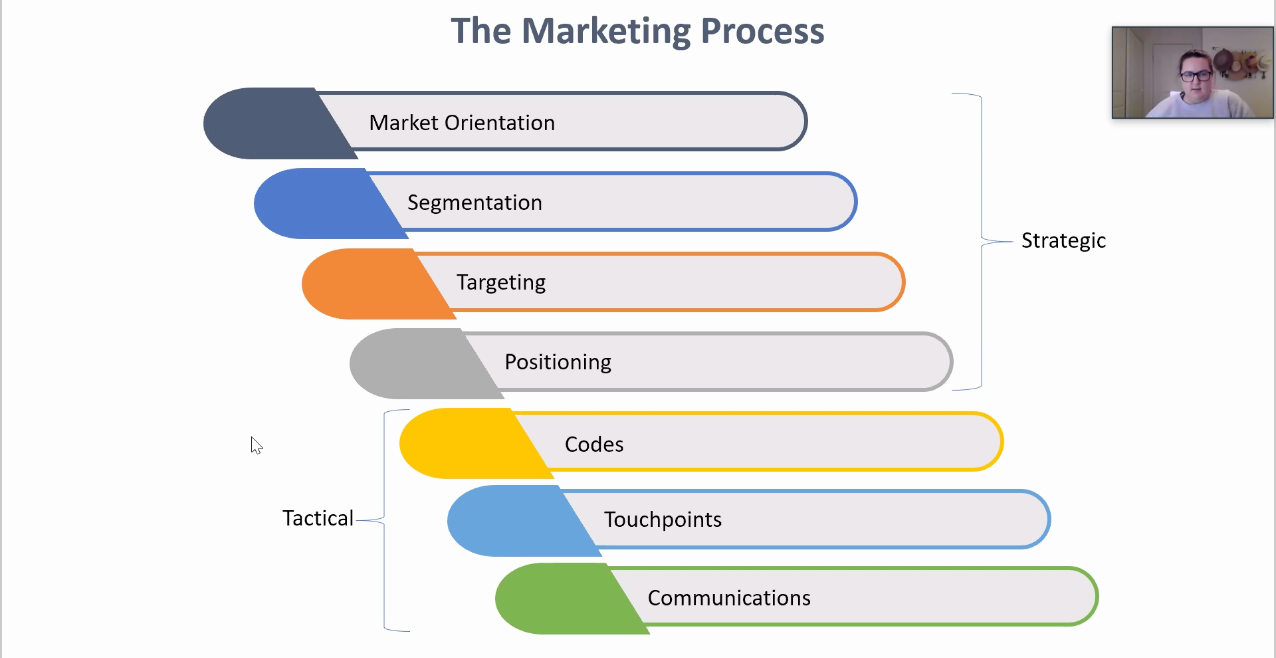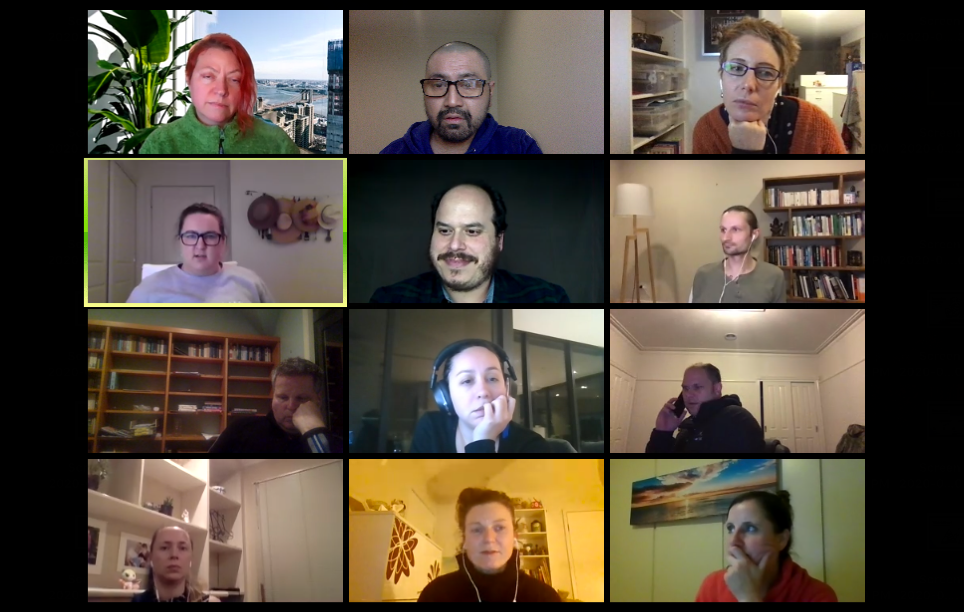Are Product people all that different from their Marketing colleagues? Other than Sales, Advertising, and Brand Messaging, what do Marketers actually do? For August, we delved into the world of marketing with Ellias Appel and Carleen Harawira.

What is Marketing?
Elias started with a quote:
The aim of marketing is to know and understand the customer so well, that the product or service fits them, and sells itself – Peter Drucker
In other words, Marketing is the art and science of understanding customers, and then trying to get them to buy your stuff.
Carleen agreed — Marketing is the art and science of getting and keeping customers. Make sure you leave some room for magic (or the art).
What is the Marketing approach?
Both Elias and Carleen started with marketing first principles — the Marketing Mix, or the 4 Ps of Marketing (Place, Price, Product and Promotion).

By interrogating the 4Ps, Marketers try to understand their customers, so that they can create a Unique Sales Proposition (USP) as the answer to their problems — getting your product in front of the right customers at the right price.
Carleen took us through a methodical Marketing process.

Market orientation:
Ultimately, as soon as you become an employee, you lose some customer perspective. That price is justified, right? That ad is cool. Biases have already started to creep in. Marketing orientation is about getting the customer perspective back.
Segmentation:
Get to down specific segments. Who are your perfect customers? Who are your bad customers? You want to avoid averages.
The “Average” Australian has one testicle and one breast!
Targeting:
How do you want to approach your targeting? Micro targeting, such as Facebook or other social platforms, or mass marketing, such as television. There’s no right or wrong, but you need to work out what is best for you.
Positioning:
How should we position our products? There are a couple of trains of thought here, from Purpose, or what we stand for (the Simon Sinek school of thought) to Distinction, or when you think about us (from How Brands Grow by Byron Sharp).
(Brand) Codes:
The more you repeat elements of your branding, the more memory structures are built, which lead to associations, and then eventually will lead to sales and growth (eg, McDonalds).
Touch Points:
Where do you want to interact with your potential customers, and how? Through Third Parties? Social only? eCommerce via a website? A more traditional retail model?
Communications:
The actual execution of messages through your chosen mediums.
That’s the process… and then there’s a bit of luck.
How can Product and Marketing work together better?

Marketing and product should be tied at the hip. Create a common goal. Share your research, results and insights with each other. Create an infinity loop, and feed each other to become stronger and more effective.
Build cross-functional micro teams. Include an analyst in the mix.
Marketing is more than just Sales. Sales is like a toddler, and is immediate. Sales cannot do the slow burn or long term vision. But together, Product and Marketing can!
Thank you
Thanks again to Ellias and Carleen for sharing, and to A Cloud Guru for hosting us online. A Cloud Guru’s mission is to teach the world to cloud, and they’re hiring!

